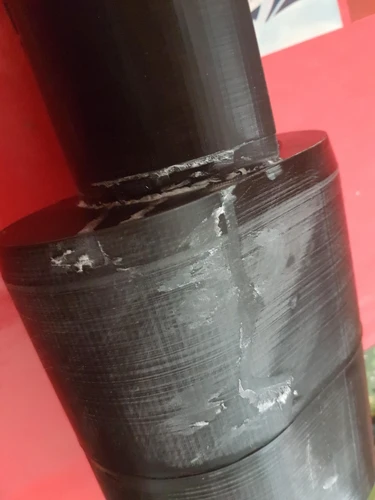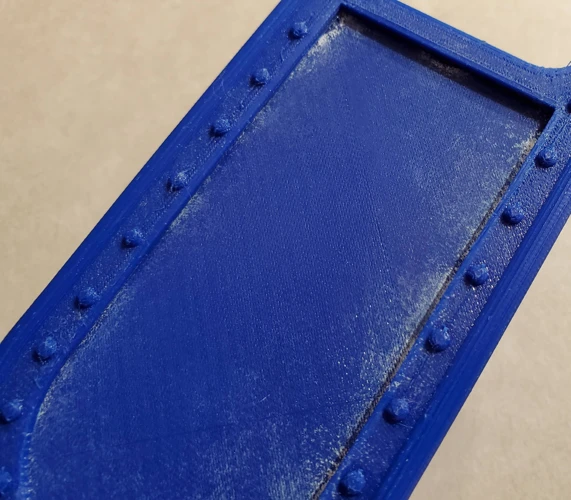When it comes to maintaining a flawless appearance with lace wigs, white residue can be a frustrating issue. This unwanted effect can detract from the natural look that lace wigs are designed to offer. Identifying the causes and understanding the factors that contribute to this problem is the first step to finding a solution.
The Causes of White Residue on Lace Wigs
White residue is often the result of the lace glue drying out and flaking off. When the adhesive used to secure the lace front is exposed to air or moisture, it can oxidize and turn white. This is particularly common if the glue is not applied correctly or in the right amount.
Factors Contributing to Lace Glue Discoloration
Several factors can contribute to the discoloration of lace glue. These include excessive sweating, oily skin, and the use of incompatible hair care products. Even the quality of the water used to wash the wig can affect the integrity of the lace adhesive over time.
Preventing White Residue on Lace Glue
Prevention is key when it comes to maintaining the pristine condition of your lace wig. By understanding and implementing best practices, you can prevent the white residue from forming in the first place.
Best Practices for Preventing White Residue
Ensuring that your skin is clean and free from oils before applying the lace wig can reduce the chances of residue formation. Additionally, applying a thin and even layer of adhesive and allowing it to dry completely before attaching the lace can help.
Choosing the Right Lace Wig Adhesives
Selecting high-quality adhesives that are specifically formulated for lace wigs is crucial. These products are designed to minimize residue and provide a strong, yet gentle bond.
Environmental Considerations for Lace Glue
Environmental factors such as humidity and temperature can also affect the performance of lace glue. Storing your lace wig in a cool, dry place when not in use can prevent premature breakdown of the adhesive.
Lace Glue Residue Removal Techniques
When white residue does occur, there are several effective techniques for lace glue residue removal to restore your lace wig’s natural appearance.
How to Remove White Residue Lace Wig
To remove white residue lace wig, gently brush the affected area with a soft-bristled brush or use a mild solvent designed for lace adhesive cleanup. This can help lift and dissolve the residue without damaging the lace.
Cleaning Lace Glue Off with Household Items
- Apply a small amount of rubbing alcohol to a cotton ball and dab it onto the residue.
- Use a mixture of water and gentle soap to soften and wash away the residue.
Professional Lace Wig Adhesive Remover Options
For more stubborn residue, a professional lace wig adhesive remover may be necessary. These specialized products are formulated to break down the adhesive without harming the lace or hair.
Step-by-Step Guide to Cleaning Your Lace Wig
A regular cleaning routine is essential not only for hygiene but also for the longevity of your lace wig. Here’s a simple guide to keeping your wig looking fresh and residue-free.
Lace Glue Hairline Cleaning
Lace glue hairline cleaning is delicate work. Begin by gently dabbing the hairline with a lace wig adhesive remover, then carefully wipe away the softened glue residue with a clean cloth.
Deep Cleaning for Lace Wigs
For a thorough clean, immerse your wig in a sink filled with lukewarm water and a capful of wig shampoo. Carefully work the shampoo through the hair, then rinse thoroughly and let air dry.
Dissolve Lace Glue Residue Effectively
Knowing how to dissolve lace glue residue effectively will ensure that your lace wig maintains its natural look without the distraction of white flakes or buildup.
Natural Solutions to Dissolve Lace Glue
Natural oils such as olive oil or coconut oil can be applied to the affected areas to help break down the adhesive. Leave the oil on for a few minutes, then gently wipe away.
Chemical Solutions for Tough Residue
For stronger residue, it may be necessary to turn to chemical solutions. A small amount of acetone on a cotton swab can be effective, but be sure to use this sparingly to avoid damaging the lace.
Maintenance and Care for Lace Wigs
Regular maintenance and care are essential for the longevity and appearance of your lace wig. Taking proactive steps can prevent many common issues associated with lace wigs.
Routine Lace Wig Maintenance
Establish a routine that includes regular cleaning, proper storage, and gentle handling to keep your lace wig looking its best.
Lace Adhesive Cleanup and Preservation
Lace adhesive cleanup should be done carefully to preserve the delicate lace. After each wear, remove any adhesive residue and store your wig on a mannequin head to maintain its shape.
Advanced Tips for Lace Wig Maintenance
With a few advanced tips, you can take your lace wig maintenance to the next level and ensure your wig always looks impeccable.
White Residue Solutions Lace Wigs
White residue solutions for lace wigs can also include preventative measures such as using a scalp protector before adhesive application and avoiding heavy oils near the hairline.
Long-Term Care for Your Lace Wig
Investing in a silk or satin wig cap for sleeping and avoiding excessive heat styling will help extend the life of your lace wig.
Troubleshooting Common Lace Wig Issues
Even with meticulous care, you may encounter issues with your lace wig. Knowing how to troubleshoot these problems can save you time and frustration.
Addressing Unexpected Adhesive Reactions
If you notice an unexpected reaction with your adhesive, such as increased residue or irritation, consider switching to a different product or consult a professional stylist.
When to Seek Professional Help
If you’re unable to remove the residue or if your lace wig is showing signs of damage, it might be time to seek professional help. A skilled wig technician can offer specialized services to restore your wig.
Conclusion: Ensuring a Flawless Lace Wig Experience
By understanding the causes and solutions to white residue, implementing a thorough cleaning and maintenance routine, and knowing when to seek professional advice, you can ensure a seamless and flawless lace wig experience.
Frequently Asked Questions
How to Avoid Future White Residue Issues
To avoid future white residue issues, use the correct amount of adhesive, ensure it is fully dry before attaching the wig, and regularly clean the lace to prevent buildup.
Choosing the Right Lace Wig Adhesive Remover
When choosing a lace wig adhesive remover, look for products that are gentle on the skin and effective on the adhesive. It’s also important to follow the manufacturer’s instructions for the best results.
When working with various adhesives, it’s not uncommon to encounter some tricky cleanup scenarios, such as dealing with white residue from lace glue. For those who are tackling similar issues with different materials, we have some helpful guides. Learn how to remove glitter glue from plastic surfaces with our step-by-step article here. If you’re facing the tough task of getting hot glue off stucco, we’ve got you covered with our guide on how to remove hot glue from stucco. And for a more general fix, if you’re struggling with white residue from super glue, check out our tips on how to remove white residue from super glue. Each guide is designed to help you navigate through the sticky situations with ease and confidence.
Expert Tips for Lace Wig Maintenance
Expert tips for lace wig maintenance include using a knot sealer to prevent shedding, washing your wig with sulfate-free shampoo, and avoiding the use of heavy conditioners near the wig’s base.

